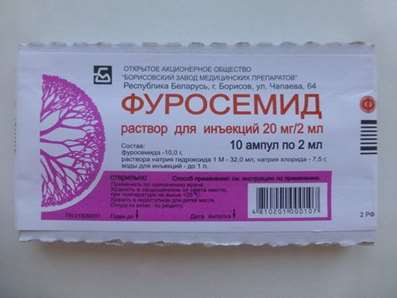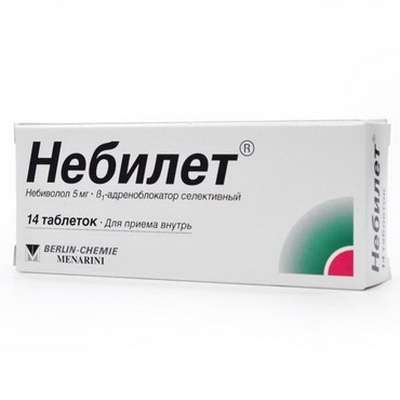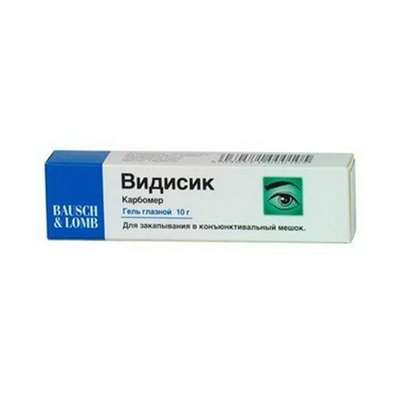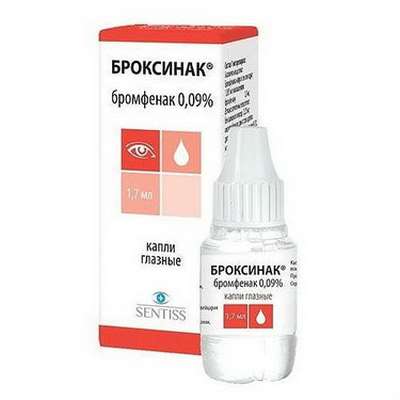Instruction for use: Disflatyl
I want this, give me price
Active substance Simethicone
ATX Code A03AX Other drugs for functional gastrointestinal disorders
Pharmacological group
carminative
Nosological classification (ICD-10)
K21 Gastroesophageal reflux
Biliary reflux esophagitis, gastrocardiac syndrome, Gastroesophageal reflux disease, Gastro-oesophageal reflux disease, Non-erosive reflux disease, syndrome gastrocardiac, Remhelda syndrome, Erosive reflux esophagitis, Ulcerative reflux esophagitis
K30 Dyspepsia
Fermentation dyspepsia, Hyperacid indigestion, Putrefactive indigestion, Dyspepsia, Dyspepsia, Dyspepsia of nervous origin, Dyspepsia in pregnant women, Dyspepsia fermentation, Dyspepsia putrefactive, Dyspepsia medication, Dyspepsia due to diseases of the digestive system, Dyspepsia due to impaired motility of the gastrointestinal tract, Dyspepsia due to unusual food or overeating, Dyspeptic phenomena during pregnancy, Dyspeptic Syndrome, Gastric indigestion, Delayed emptying of the stomach, Delayed digestion, Idiopathic indigestion, Acid dyspepsia, Disturbance of the upper GI tract motility, Indigestion, Nervous indigestion, Non-ulcer dyspepsia, The feeling of heaviness in the stomach after eating, Postprandial functional dyspepsia, The processes of fermentation in the intestine, Stomach upset, Gastrointestinal disorders, Digestive disorders, Disorders from the digestive tract, Stomach upset, Indigestion disorder, Indigestion in infants, Symptoms of dyspepsia, The syndrome of putrefactive dyspepsia, Syndrome of putrefactive dyspepsia in infants, Syndrome of insufficiency of digestion, Syndrome of nonulcer dyspepsia, Toxic indigestion, Functional dyspepsia, Functional indigestion, Chronic indigestion, Chronic episodes of dyspepsia, Essential dyspepsia, Dyspeptic disorder
K94 * Diagnosis of gastrointestinal diseases
Liver-spleen scan is, The visualization of the liver using invasive methods, Isotope hepatoscintigram, Celiocentesis, examination of the liver, Magnetic resonance imaging of the liver, Computed tomography of the liver, Esophageal manometry, Anoscopy, Visualization of biliary tract, liver ultrasound visualization, Gastroscopy,degassing bowel before diagnostic studies, degassing intestine before X-rays, Diagnosis of the gastrointestinal tract, Diagnosis of bleeding from the small intestine, Diagnosis of focal lesions of the liver, Diagnosis secretory capacity and gastric acid-function, Diagnostic procedures on the colon, duodenal intubation, duodenoscopy, Instrumental examinations of the abdominal cavity, Intraoperative cholangiography, Irrigoscopy, The study of gastric secretion, GI study, Investigation of acid-forming function of the stomach, The study of gastric secretory function,Colonoscopy, Monitoring the effectiveness of lithotripsy, Determining the degree of hypersecretion of duodenal ulcer, Preparation for diagnostic tests, Preparing to X-ray and instrumental methods of investigation of the abdominal cavity, Preparing to X-ray and ultrasound of the abdominal cavity, Preparing to X-ray or endoscopic gastrointestinal investigations, Preparing to X-ray study of the gastrointestinal tract with contrast, Preparing to X-ray study of the gastrointestinal tract with barium, Preparing to X-ray examination and ultrasound of the abdomen, Preparing to X-ray examination and ultrasound of the abdomen, Preparation for ultrasound and X-ray examination of the abdominal cavity, Preparation for endoscopic examination of the lower large intestine,Preparation for endoscopic or X-ray examination of the lower intestine, Prepare to lower GI endoscopy, Preparation of the colon to the instrumental and radiological investigations, Preparation of the colon to the x-ray and endoscopy, sigmoidoscopy, rectoscopy, GI Radiography, X-ray diagnosis of esophageal achalasia,Radiology gastrointestinal diseases, Radiology of the digestive tract, Rentgenocontrast study biliary tract, Rentgenocontrast study GI, X-ray diagnosis of the gastrointestinal tract, X-ray gastrointestinal studies, X-ray examination of the duodenum and gall bladder, X-ray examination of the stomach, X-ray examination of the biliary tract and gall bladder, X-ray study of the gastrointestinal tract, X-ray examination of the esophagus, retrograde cholangiopancreatography, Endoscopic Retrograde pankreatoholangiorentgenografiya, Sonography of the digestive tract, hepatosplenography, Ultrasonography of the abdomen, Functional X-ray diagnostics for diseases of the stomach,Functional X-ray diagnosis with bowel diseases,cholangiography, Cholangiography in cholelithiasis, cholangiopancreatography, cholecystography,esophagoscopy, Endoscopic retrograde pancreato, Endoscopic retrograde cholangiopancreatography, Endoscopic intervention, Endoscopic examinations of the digestive system, Endoscopic examination of the lower large intestine, GI Endoscopy, endoscopy, ERCP, Panendoskopiya
R14 Flatulence and related conditions
abdominal distention, flatulence, pronounced flatulence, Gases in the postoperative period, degassing bowel before diagnostic studies, degassing intestine before X-rays, gas delay, Excessive formation and accumulation of gases in the digestive tract, brash, Flatulence, Flatulence with increased gas formation in the digestive tract, Flatulence in infants, Flatulence in newborns, Flatulence caused by fatty or unusual food, Flatulence caused by disease of the digestive tract, belching, The feeling of bloating, The feeling of fullness, Increased flatulence, The increased gas formation and accumulation of gases in the digestive tract, Fullness in the epigastrium, Feeling of fullness, The feeling of heaviness in the stomach, Flatulence in the gastrointestinal tract, Increased production and accumulation of gases in the digestive tract
Composition and form of release
Drops for ingestion 1 ml (27 ± 3 drops)
simethicone (activated polydimethylsiloxane) 40 mg
preservatives:
benzoic acid (E210) 1 mg
sodium benzoate (E211) 1 mg
auxiliary substances: polyoxyethylene (2) stearate; polyoxyethylene (20) stearate; sodium saccharinate; aromatic additive (pineapple); purified water
in bottles of orange glass with a dispenser of 30 ml; in a carton box 1 bottle.
Dosing and Administration
Inside.
Symptomatic treatment
Adults and children from 6 to 15 years - 25-50 drops after each meal and at bedtime, with a small amount of liquid.
Newborns and children under 6 years - 10-15 drops 2-3 times a day during meals (in a bottle for infants) or after meals.
Prophylactic reception in preparation for examination of the stomach and / or intestines
50 drops 3-4 times a day for 2 days preceding the study, 50 drops in the morning, on an empty stomach on the day of the study and 50 drops immediately before the test.
Before use, the vial with drops should be shaken.
storage Conditions
At a temperature of 15-25 ° C.
Keep out of the reach of children.
Shelf life
5 years.
Do not use after the expiry date printed on the package.

 Cart
Cart





